If you own a Canoni865 Printer, you know that having the right driver is essential for optimal performance. In this article, we’ll provide a guide on downloading and installing the Canoni865 Driver, as well as troubleshoot common issues that may arise.
How to Automatically Install Canoni865 Driver with DriverFix:
Using DriverFix to download and install the Canoni865 Driver is a great way to save time and effort. The program handles all the heavy lifting for you, so you don’t have to worry about manually searching for and downloading the driver. Plus, it’s fast and efficient, so you can get your printer up and running in no time.
- Download DriverFix:
- Run the downloaded installer and follow the prompts to install DriverFix on your computer.
- Once DriverFix is installed, launch the software and click on the “Scan” button to scan your system for outdated or missing drivers.
- After the scan is complete, DriverFix will display a list of drivers that need to be updated.
- Find the Canoni865 Driver in the list and click on the “Update All Drivers Now” button.
- DriverFix will now download and install the latest version of the Canoni865 Driver on your computer.
- Once the installation is complete, restart your computer to apply the changes.
- That’s it! You should now have the Canoni865 Driver installed and working properly on your computer.
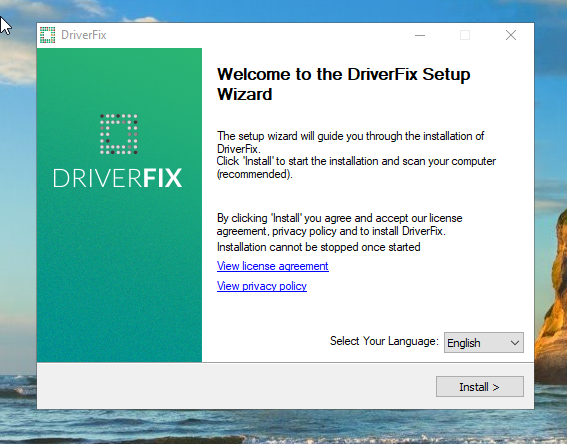
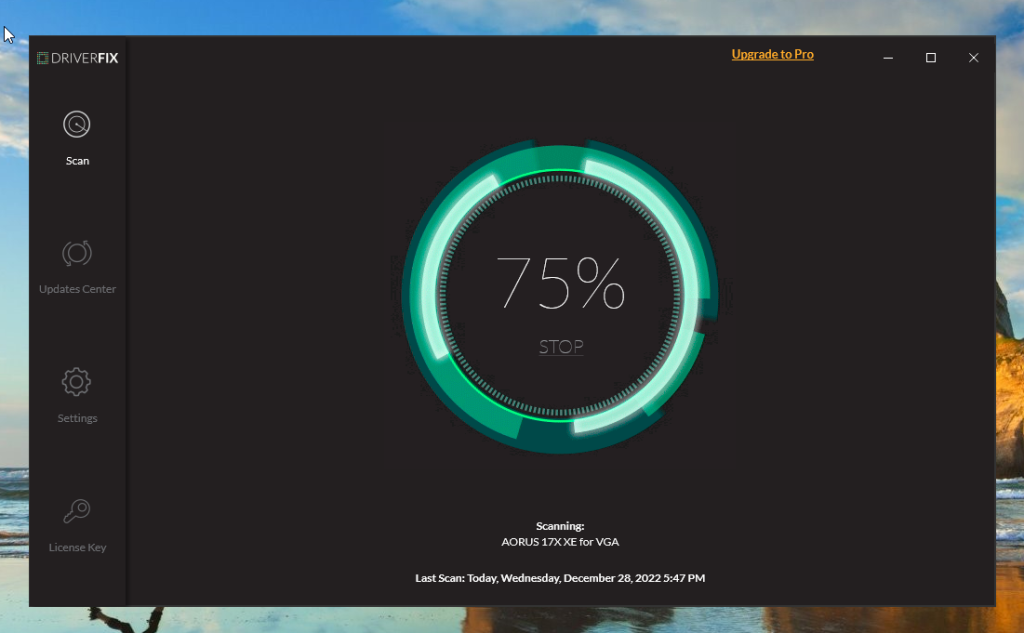
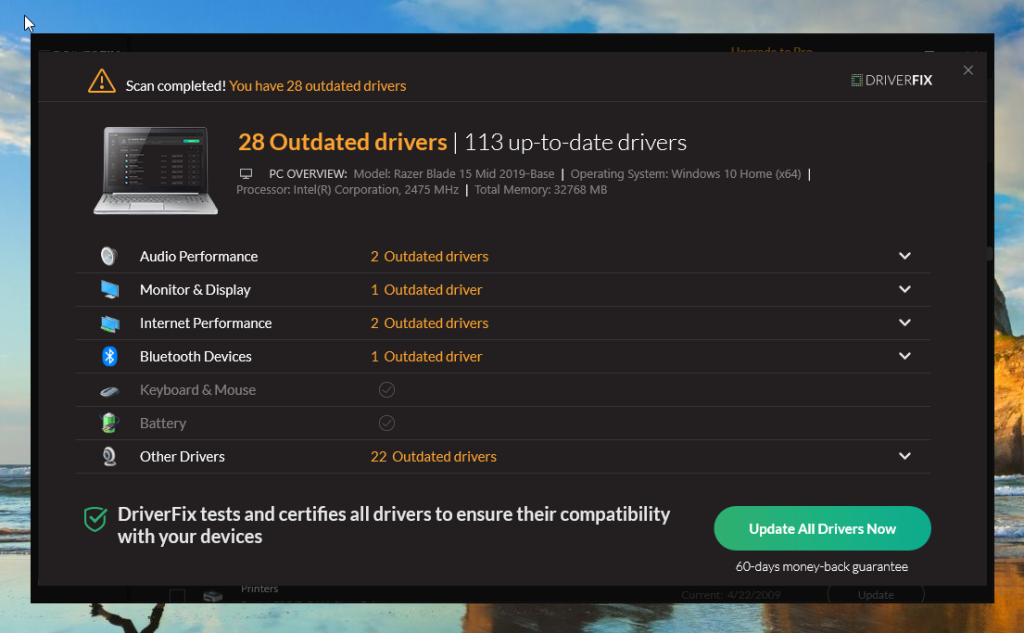
How to Manually Install Canoni865 Driver with Windows Update
Windows Update is a built-in feature of the Windows operating system that allows you to download and install the latest drivers for your devices easily. To use it to install the Canoni865 Driver, simply open the Start menu, search for ‘Windows Update’, and click on the relevant result. From there, you can follow the on-screen prompts to check for updates and install the Canoni865 Driver.
- Press the Windows key + R on your keyboard to open the Run dialog box.
- Type “devmgmt.msc” into the Run dialog box, and press Enter to open the Device Manager.
- In the Device Manager, find the Canoni865 Printer device under the “Printer” or “Other devices” section.
- Right-click on the device and select “Update driver” from the context menu.
- In the Update Driver Software window, select “Search automatically for updated driver software.”
- Windows will now search online for the latest version of the Canoni865 Driver and install it on your computer.
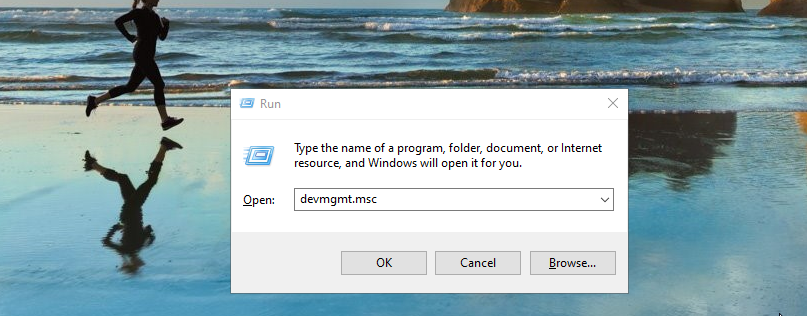

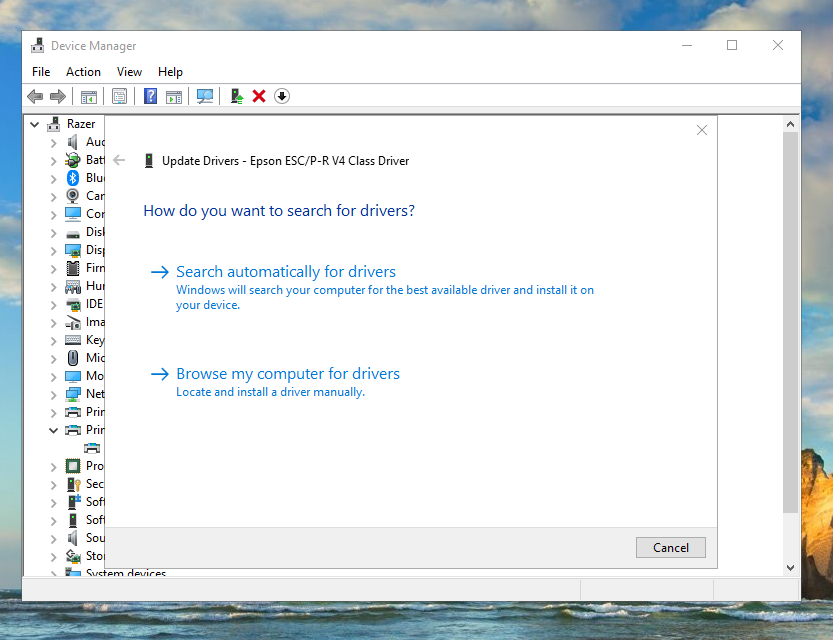
How to Manually Install Canoni865 Driver with Device Manager
If you want a simple and hassle-free way to install the Canoni865 Driver, Device Manager is a great option. The program has an extensive database of drivers and an intuitive interface, making the process straightforward. Plus, it’s fast and reliable, so your printer can work smoothly in no time.
- Press the Windows key + R on your keyboard to open the Run dialog box.
- Type “devmgmt.msc” into the Run dialog box, and press Enter to open the Device Manager.
- In the Device Manager, find the Brother DCP-L8400CDN Printer device under the “Printer” or “Other devices” section.
- Right-click on the device and select “Update driver” from the context menu.
- Select “Browse my computer for driver software” in the Update Driver Software window.
- Click on the “Browse” button and navigate to the location where you have saved the Brother DCP-L8400CDN Printer Driver file on your computer.
- Select the driver file and click “Open” to select it.
- Click “Next” to begin the installation process.
- Follow the prompts to install the Brother DCP-L8400CDN Printer Driver on your computer.


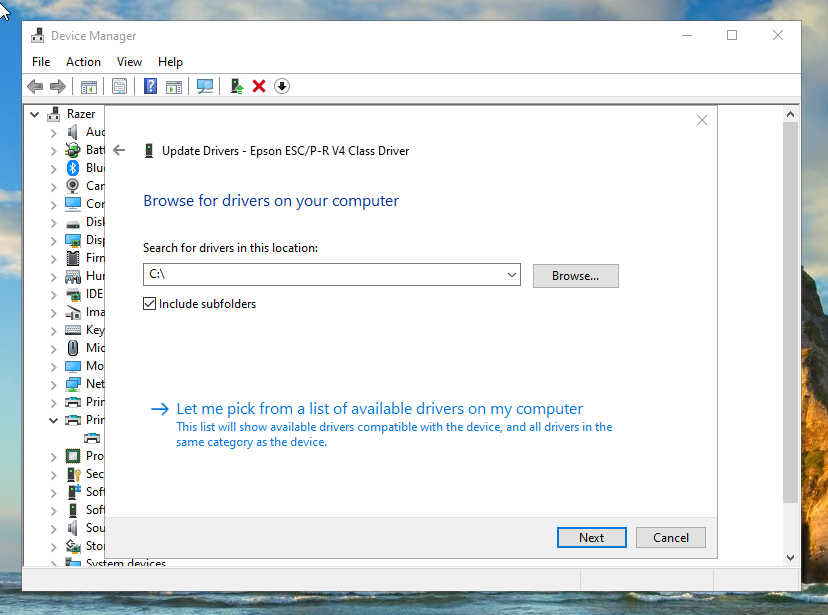
To Sum Up: A Recap of the Benefits of Using the Canoni865 Driver
To summarize, the Canoni865 Driver is a crucial component for ensuring that your printer is functioning properly. By following the steps outlined in this article, you can easily download and install the driver using various methods, including DriverFix, Windows Update, or Device Manager. Whether you’re setting up a new printer or troubleshooting an existing one, it’s essential to keep the driver up to date and properly configured to get the best performance possible.
